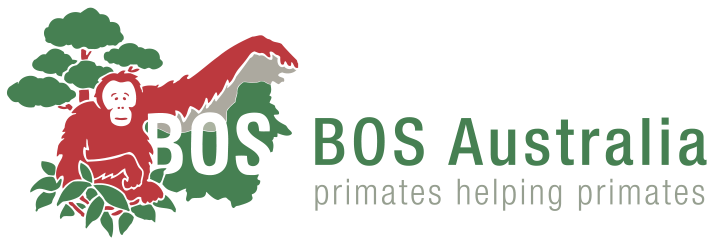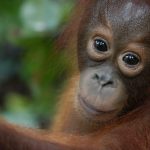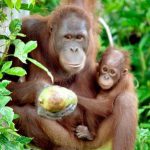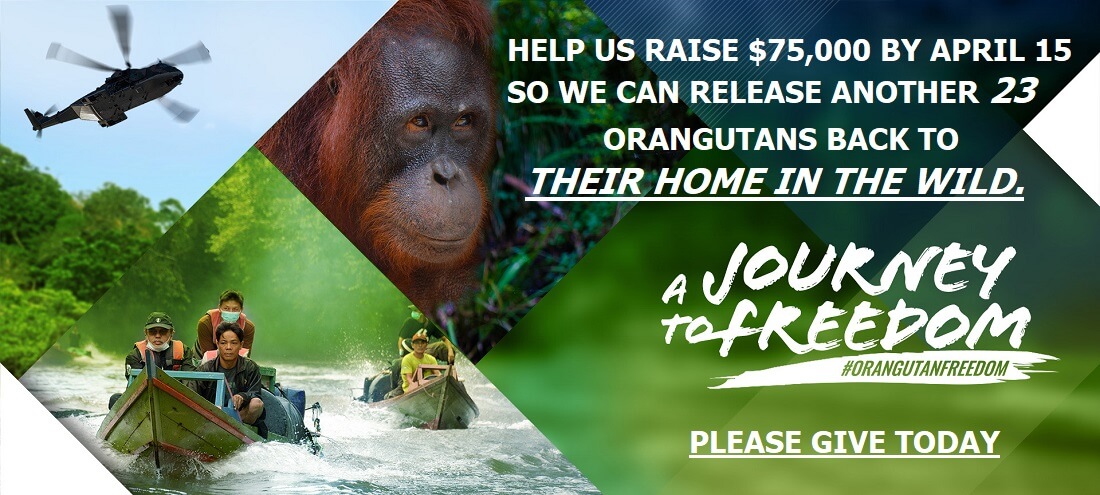Nyaru Menteng waste project completed
The project
Nyaru Menteng Orang-utan Rehabilitation Centre now has a new wastewater treatment system that treats the dirty water from washing down orang-utan enclosures, from the clinic, from the kitchen, and from hand washing and some toilet facilities. The new system was implemented from funding provided by BOS Australia and with the help of Nik Hyde (Nik Hyde Plumbing – Australia), Keith Bolton and Jayson Winmill (Ecoteam – Australia).
Orang-utans in captivity are much more prone to getting diseases than their counterparts in the wild as they live close to other orang-utans and their waste (faeces and urine) are deposited near to where they live. At Nyaru Menteng wastewater from around the enclosures and from the baby house drains to holding tanks. These tanks are meant to drain into the surrounding soil. However, over time the tanks have become blocked causing the wastewater to flow onto the ground creating puddles of dirty water that has faeces and urine in it. When orang-utans contact the water, they have a very high chance of getting diseases. During the wet season, the water in the tanks cannot get away as the water table is up so high, and this also causes the wastewater to overflow the tanks and create puddles.
The new wastewater treatment system was implemented to receive the wastewater from the tanks and treat it to remove disease causing microbes and pathogens and a range of other pollutants before releasing it back into the natural waterways. The project involved works on the entire wastewater system. Stainless steel screens were installed on the drain pipes that collect the wastewater from the enclosure wash down areas to stop solids like food scraps and faeces from entering the tanks. The solids are removed by the cleaning crew and taken away from where the orang-utans live and play.
The build-up of solids in the tanks was removed using a large desludging pump provided as part of the project. Access lids were installed into the tanks to allow them to be pumped while preventing orang-utans, people and insects from touching the wastewater held in the tanks. The damaged tanks and piping were repaired.
Wastewater from the tanks is pumped to the new wastewater treatment system using a petrol suction pump and a new discharge hose provided by the project.
The new wastewater treatment system
The new wastewater treatment system comprises a 32,000L septic tank and a 50 square meter constructed wetland. This technology is used in many other countries, particularly in areas where electricity is not easy to access, like remote and rural Australia.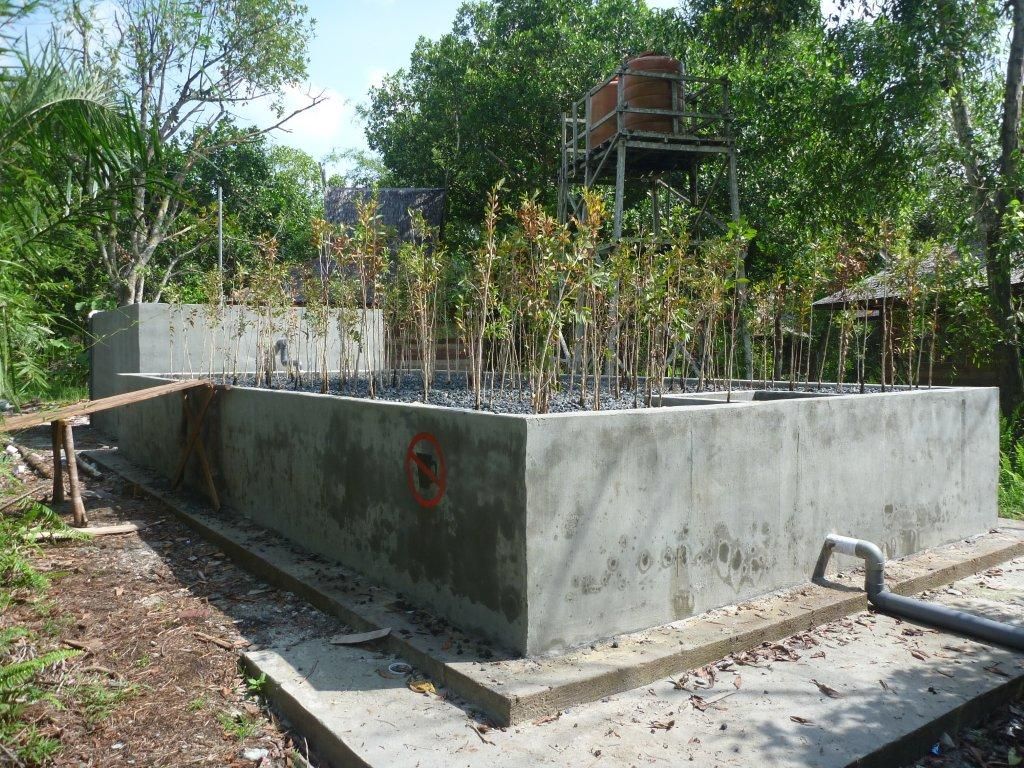
Water from the holding tanks is pumped into the septic tank. The septic tank has a wall in the middle with holes in the bottom (a baffle). This forces the water down and then back up again. By this physical process the heavy solids sink to the bottom and form a “sludge”, and the light solids float to the top and form a “scum”. Anaerobic bacteria (microorganisms) break down the solid waste, and the result is water leaving the septic tank with much lower pollutant loads, including lower solids, lower BOD (biochemical oxygen demand) and lower disease causing pathogens.
Water from the septic tank then flows into the constructed wetland. At the front of the wetland, an enclosed chamber spreads the water out evenly across the front of the wetland. Water flows through a wall with many small (40mm) holes in it, and into the main treatment wetland. The wetland is made up of a sealed open tank (like a swimming pool), filled with volcanic gravel (coral) and planted with paperbark trees, such as Melaleuca cadgupudi. The gravel mixes the water as it flows through the wetland and removes pollutants by physical filtration and by adsorbing them into the gravel surface by cat-ion exchange (an ionic process).
The paperbark trees are an amazing tree, they have a special root architecture whereby very fine (small) roots filter pollutants and pathogens from the water and trap them. Once trapped, the pathogens are predated (eaten) by a host of beneficial microorganisms such as small rotifers. Paperbark trees actually pump oxygen (or air) from their leaves down into their roots and this creates small oxic zones (high oxygen zones) around the surrounding anoxic zones (low oxygen zones) and this helps bind pollutants by creating new chemical compounds (REDOX reaction) and volatilise nitrogen (denitrofication). The trees also use many of the nutrients in the wastewater, such as nitrogen and phosphorus for their growth. This is very important, because if those nutrients go into the creeks, they can cause weeds and algae to grow, which changes the quality of the water and effects the fish, which around Nyaru Menteng are a very important part of the local diet. It is important to note that the trees in the wetland are part of the environment of the area, and as such are not going to cause problems by becoming weeds, and they are additional habitat for the insects and birds.
Water leaving the wetland and going into the creek is very clean compared to what was pumped from the tanks. The wastewater treatment system, when it has grown up a bit (about 6 months after planting) is capable of removing up to 100% of all major pollutants in the wastewater. More importantly, wastewater in the rehabilitation centre will not be forming in puddles where orang-utans can catch diseases that make them ill. This saves lives and money.
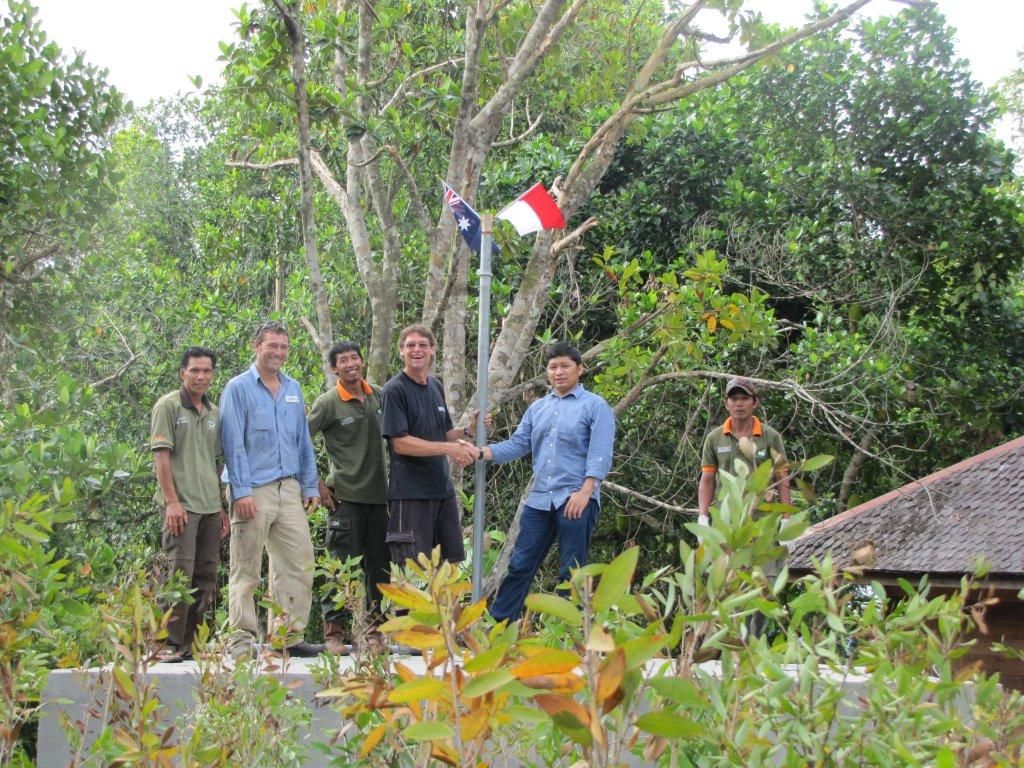 Who are Ecoteam?
Who are Ecoteam?
Dr Keith Bolton and Jayson Winmill are the two most senior staff of Ecoteam (Ecotechnology Australia), based on the Northern Rivers of New South Wales in Australia. Ecoteam is an Environmental Science consultancy and project management company that specialises in natural water treatment technology and contaminated land studies and rehabilitation. Ecoteam study natural systems and then apply the natural processes to remove pollution and manage land and water that has been polluted or reduce the opportunity for pollution from new business ventures, such as processing facilities, tourism ventures and intensive farming activities.
Ecoteam have completed large projects using wastewater from whole towns to manage acid sulphate soils, reduce peat fires, create sporting fields and introduce new farming methods, while creating a healthier community and natural environment. Ecoteam works extensively with aboriginal (native Australians) communities to improve water supplies and sewage management, making a healthier and more affluent community. Keith and Jayson and their families wish to see Australia’s relationship with our nearest neighbours, Indonesia, become closer by sharing our collective knowledge, and taking responsibility for our collective environmental problems.
Who is Nik Hyde?
Nik Hyde is an independent licensed plumber and a member of the Master Plumbers Association. He works in and around the north coast of NSW where he now lives with his teenage sons. He first trained in the UK under the City and Guilds of London Institute founded 1878 and incorporated by Royal Charter. Nik has worked in a wide range of areas including the UK housing industry, UK car industry installing vehicle spraying systems and installation of the gas lines on one of the first large scale methane producing waste digesters to be installed in the UK. Nik moved to Australia in 1987. He worked in Sydney as plumbing foreman in the high rise sector undertaking many projects including Gateway Plaza project on Circular Quay. He is working again in the housing Industry carrying out a full range of plumbing and drainage services including installation of on-site waste management systems.
Nik was responsible for project management and the commissioning of the system. He was also responsible for organising the commissioning party which from all accounts was a great success.
This is his first overseas aid project but he enjoyed it so much he is hoping to do more in the future.
